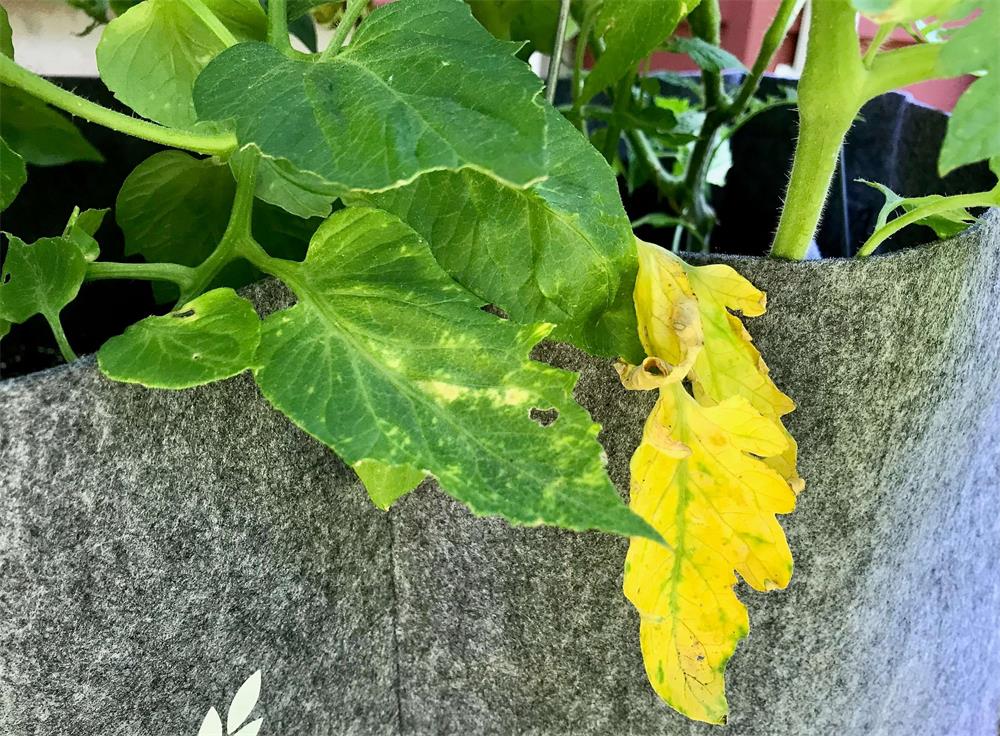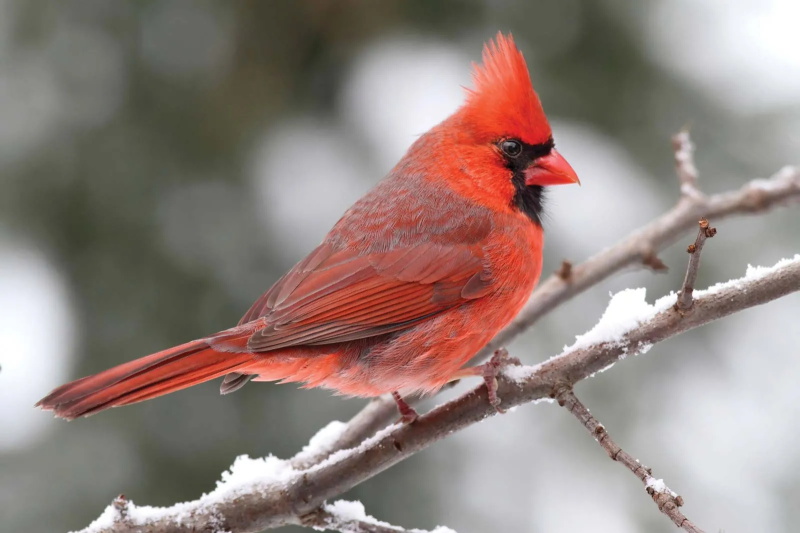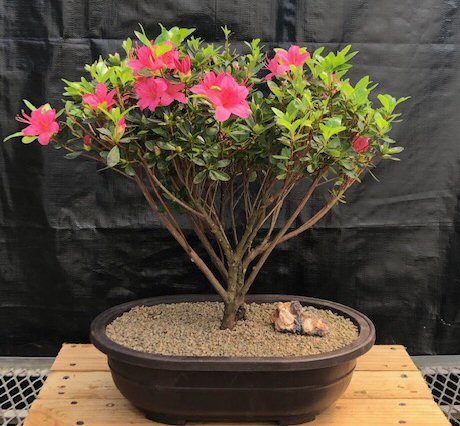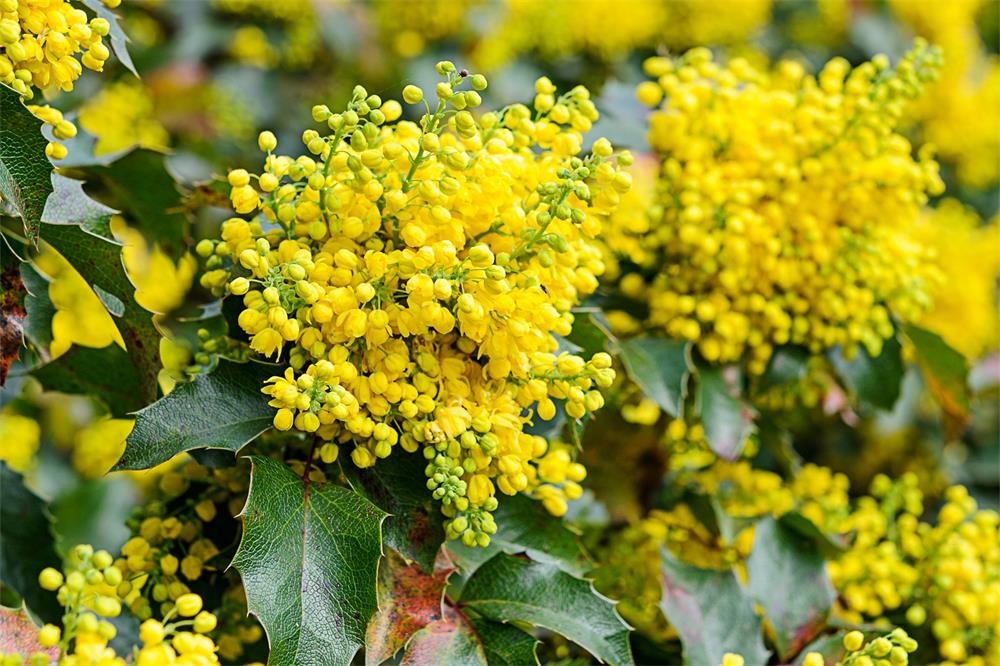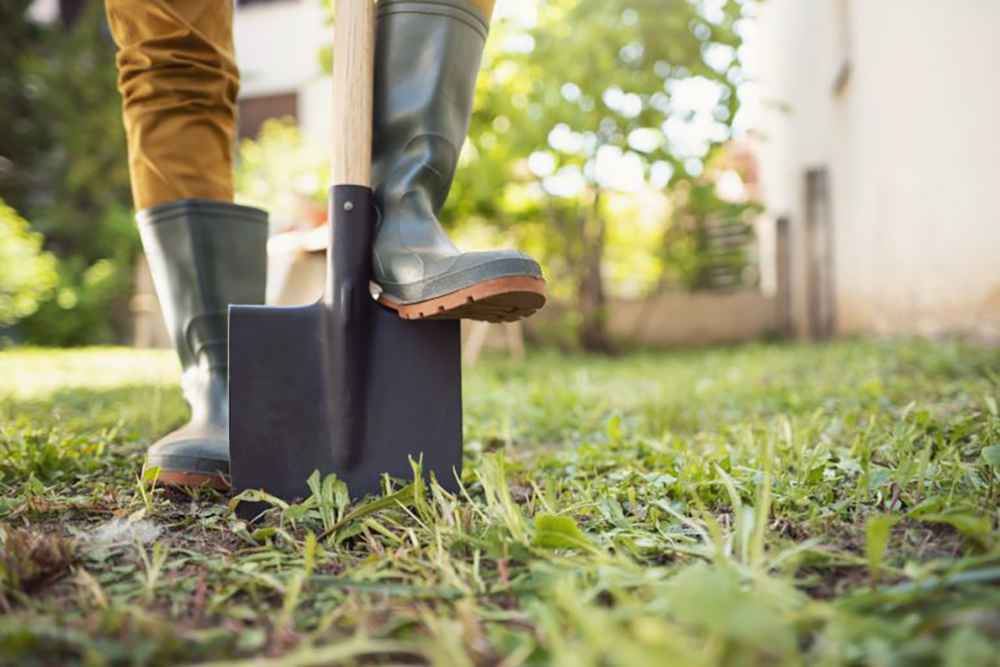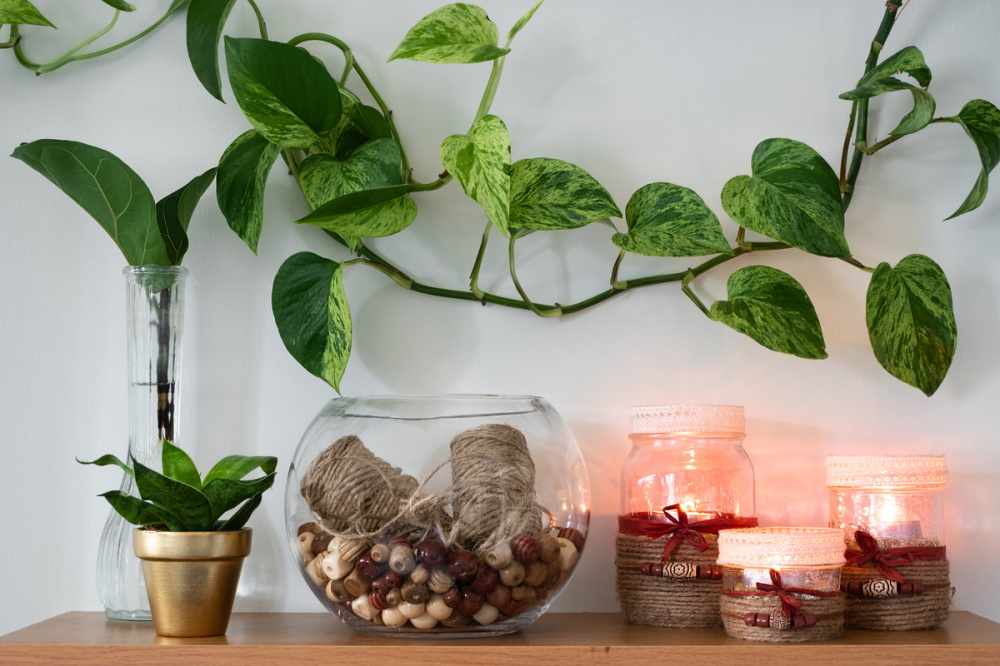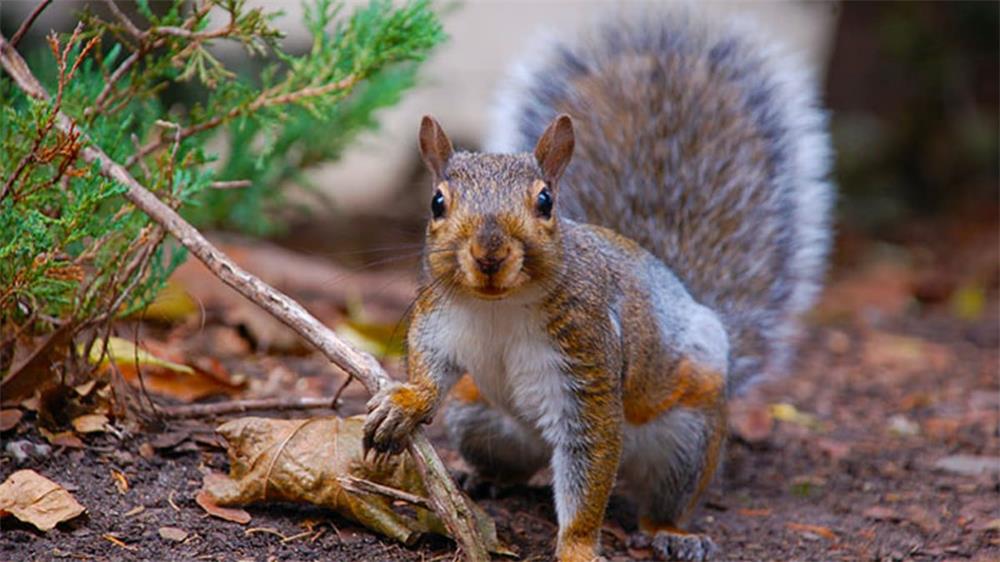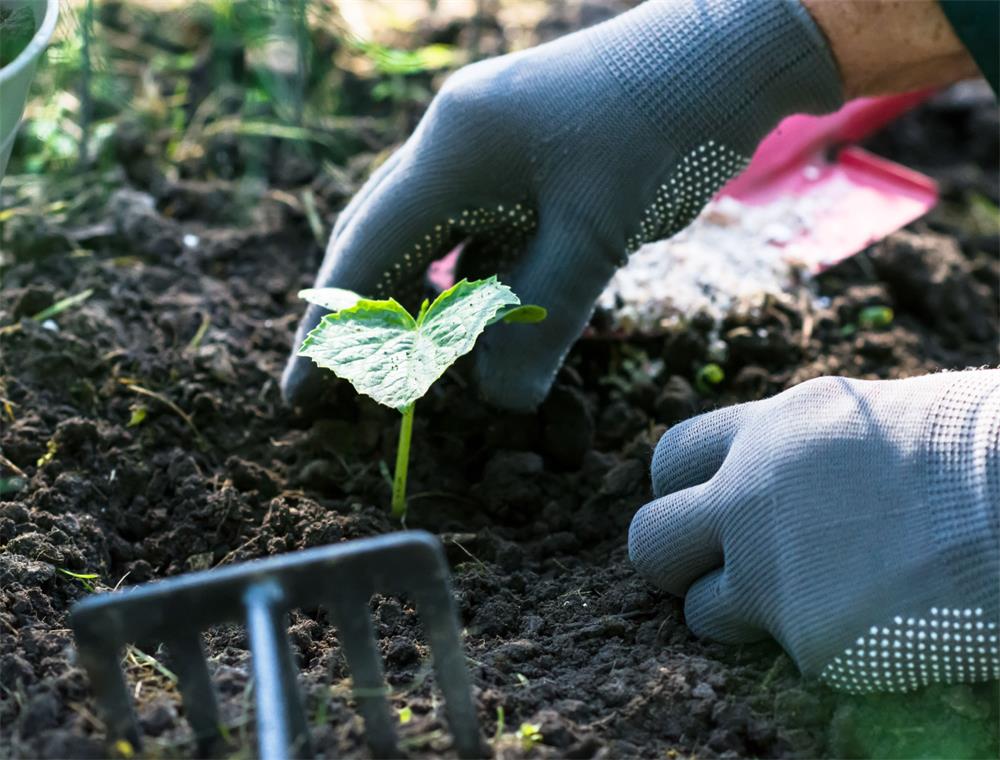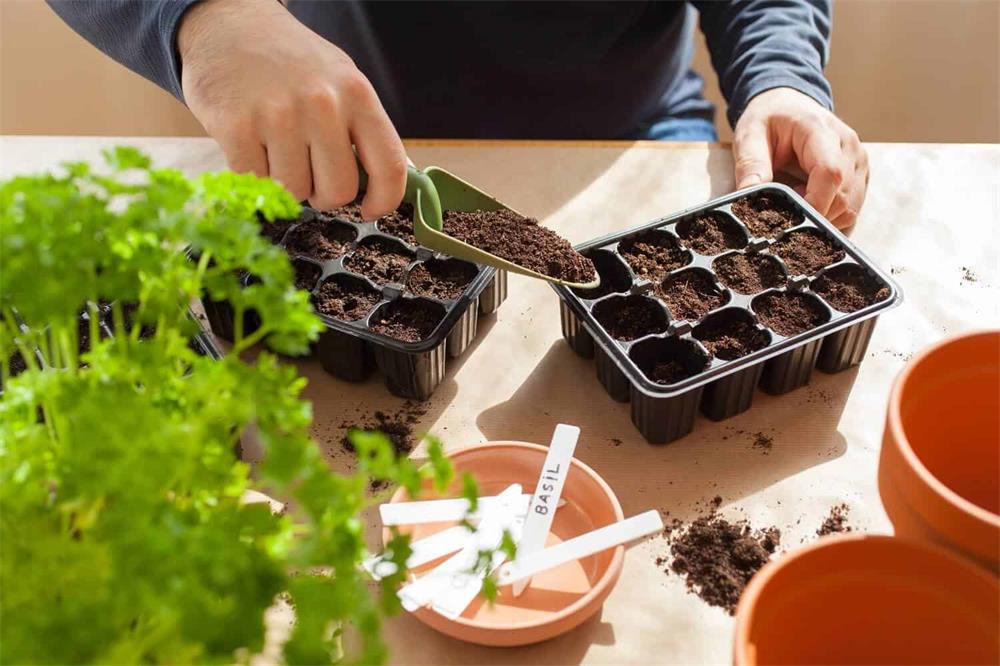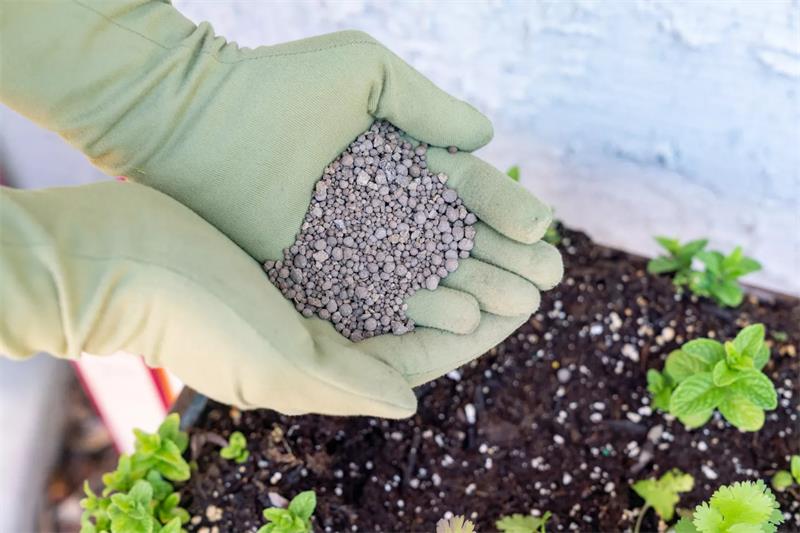
Calcium is an important nutrient for plants. It helps them grow strong and healthy, and protects them from diseases and pests. But not all soils have enough calcium for plants to thrive. Sometimes, you need to add calcium to your soil to improve its quality and fertility.
But before you do that, you need to know how much calcium your soil has, and how much it needs. You also need to know the pH of your soil, which affects how well plants can absorb calcium and other nutrients. A professional soil test can tell you this information, and also recommend what kind of amendments you should use.
There are different ways to add calcium to your soil, depending on your soil type and condition. Here are some of the most common methods:
- Lime: Lime is a natural source of calcium carbonate, which raises the pH of acidic soils and makes calcium more available to plants. Lime also adds magnesium and other trace elements to the soil. You can use lime in granular or powdered form, and apply it according to the soil test results. Lime works best when mixed into the top few inches of soil before planting or during fall or winter.
- Gypsum: Gypsum is a natural source of calcium sulfate, which does not affect the pH of the soil, but adds calcium and sulfur. Gypsum is good for clay soils that are high in sodium, as it helps improve soil structure and drainage. You can use gypsum in granular or powdered form, and apply it according to the soil test results. Gypsum works best when mixed into the top few inches of soil before planting or during fall or winter.
- Bone meal: Bone meal is an organic source of calcium phosphate, which also adds phosphorus and nitrogen to the soil. Bone meal is good for flowering and fruiting plants that need extra phosphorus. You can use bone meal in granular or powdered form, and apply it according to the soil test results or the plant’s needs. Bone meal works best when mixed into the planting hole or the top few inches of soil before planting or during spring or summer.
- Compost: Compost is an organic source of various nutrients, including calcium. Compost also improves soil texture, moisture retention, and microbial activity. Compost is good for all kinds of soils and plants. You can use compost in any form, such as homemade or commercial, and apply it generously throughout the year. Compost works best when spread on the soil surface as a mulch or mixed into the top few inches of soil before planting or during any season.
- Eggshells: Eggshells are an organic source of calcium carbonate, which also adds organic matter to the soil. Eggshells are good for home gardeners who want to recycle their kitchen waste. You can use eggshells in any form, such as whole or crushed, but they work better when ground into a fine powder. Eggshells work best when mixed into the planting hole or the top few inches of soil before planting or during spring or summer.
- Foliar spray: Foliar spray is a liquid source of calcium that can be applied directly to the plant’s leaves. Foliar spray is good for plants that show signs of calcium deficiency, such as blossom end rot on tomatoes or bitter pit on apples. You can use foliar spray in any form that contains calcium chloride, calcium acetate, or calcium nitrate, and apply it according to the product’s instructions. Foliar spray works best when sprayed on the plant’s leaves during early morning or evening.
Adding calcium to your soil can make a big difference in your plant’s health and productivity. But remember to always test your soil first, and follow the recommendations carefully. Too much calcium can be harmful as well as too little. With proper care and management, you can enjoy a bountiful harvest from your garden.





